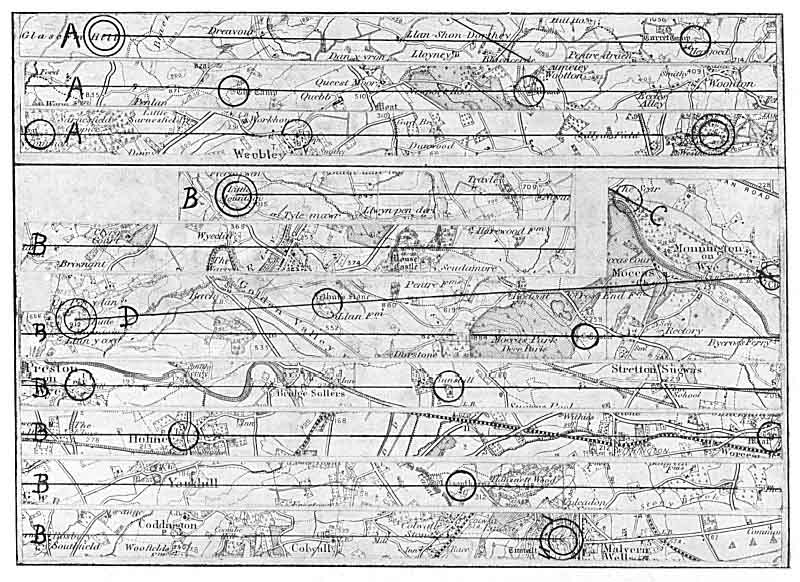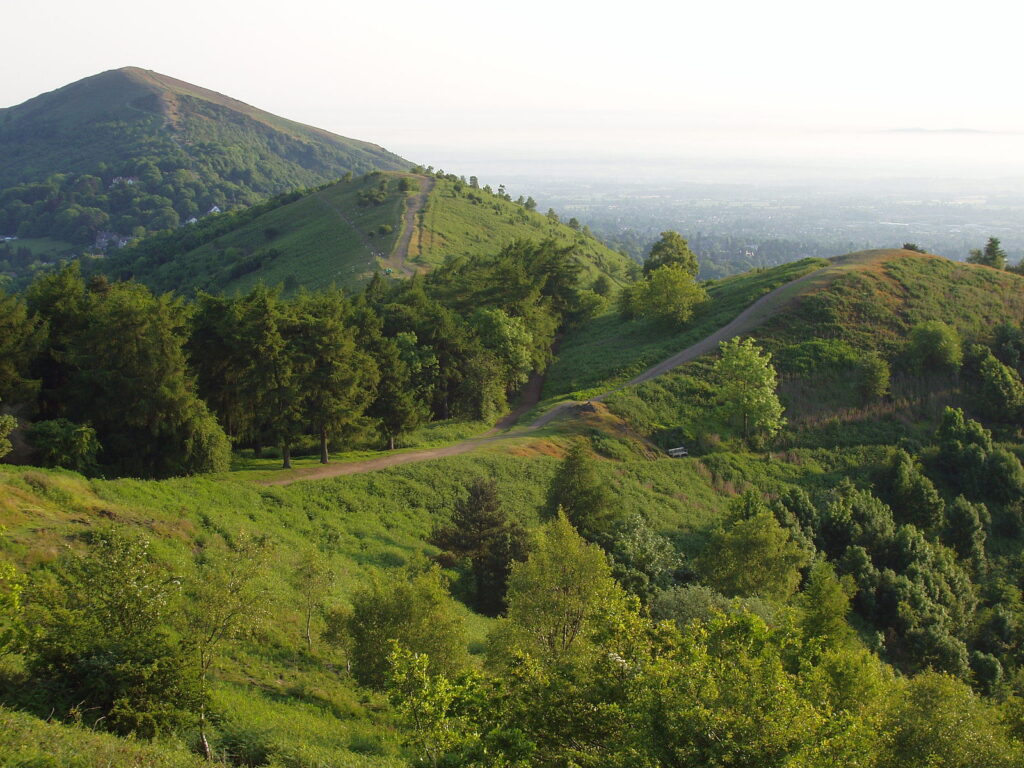Some might call ley lines pseudoscience, but the idea of these ancient pathways has persisted. Connecting ancient sites, monuments, and structures, ley lines might be invisible to the naked eye. But they connect some of the most important places like vessels across the body of the world.
Investigated by scholars and esoteric groups alike, the existence of ley lines has been hotly contested. In this article, we’ll navigate both the scientific and the fantastical elements of ley lines, and see exactly how these hypothetical connections might shape our understanding of the world around us.

What Are Ley Lines?
While the legitimacy of ley Lines is debated, those who believe describe these lines as straight lines that connect significant sites such as landmarks and ancient structures. Examples of these significant sites are standing stones and the Egyptian pyramids.
Ley line believers explain that ancient civilizations built these landmarks so they could be easily connected by straight ley lines. Later, when the idea of ley lines became popular with esoteric circles, the theory that these ley lines were used as pathways for energy was developed.
Over time, different sorts of conspiracies have been suggested to explain ley lines, but at their very core, ley lines are simply the linear connection between different sites.
The History of Ley Lines
Ley Lines, Latitude and Longitude, Desire Paths and Dragon Paths
The idea of straight lines being used to navigate the world isn’t anything new, and definitely isn’t restricted to ley lines. One of the most obvious examples is that of latitude and longitude, the lines used as a way to measure distances on the Earth.
Another similar line system that occurs organically is that of desire paths. A desire path is a pathway created by the erosion of foot traffic, either human or animal in nature, that appears when a path is used frequently.
Desire paths usually represent the easiest path from one place to another, even beyond paved roads and sidewalks.
So what do ley lines have to do with these scientific measurements and paths of desire?
Ley lines fall somewhere in the middle of the previous two examples. Ley line believers consider them to be legitimate paths or connections that help to navigate the world.
Other, more esoteric believers feel that the ley lines are something mystical in nature. Since ley lines are straight, and connect landmarks, it’s easy to see why some desire paths may fall in similar places as proposed ley lines.
One last proto ley line example is that of “Dragon Paths”, or lung mei as they were originally called. This ancient Chinese concept mapped out energy paths from a central source, or the Heart of the Dragon.
These energy paths, like ley lines, were straight, and there were stone markers and monuments built to signify where they were.
Early Mentions of Ley Lines
Before ley lines had their name, the idea of historically significant and sacred sites being connected was suggested. In 1846, Reverend Edward Duke wrote that he believed these sites were built intentionally on linearly connected pathways.
Later, the hypothetical linear connection of these landmarks and monuments was investigated in Germany. In 1909, German archaeologist Wilhelm Teudt continued to study these possible connections, proposing that the sites may have been built in specific locations for astronomical or religious use.
Alfred Watkins, The Old Straight Track, and the Ley Line Renaissance
Ley lines gained a name and true public attention when they were proposed in Alfred Watkin’s 1925 work, The Old Straight Track.
The “leys” as Watkins called them, were first noticed by the author when he was driving across the British countryside. He was able to visually identify that features tended to line up in a straight line with one another.
Watkins was a businessman, but also had an interest in archeology. He proposed that these straight lines would have been used as trade routes.
This would account for the lack of mapping and cartography in ancient times. He coined the term “ley lines” in reference to the Old English word “lēah,” meaning a clearing or meadow.
As with any new archeological claim of that magnitude, there was major pushback from other historians and archeologists against Watkin’s ley line theory. Besides visual evidence, there was little else to prove the existence of these ancient routes.
On the other side of things, there were fans of the ley line idea, and they were vehement in their approval.

The Mysticism of Ley Lines
There was an undeniable allure in the idea of clean, straight lines connecting significant monuments, especially those related to ancient religions like Stonehenge.
The popularity of ley lines experienced a resurgence with the New Age movement in the latter half of the 20th century. The idea was co-opted to explain the ley lines as roadways for spiritual energy.
Everything from mystical healing to UFOs was connected to ley lines from the 1960s to the turn of the century. A plethora of books were published on the subject, and all sorts of pseudoscientists, like geomancers and dowsers, claimed to be able to trace and connect with these ley lines.
Despite this new widespread interest in Alfred Watkins ley line theory, there was little attention given to the subject by real scientists. Even from the beginning, ley lines drew intense skepticism, and the new addition of mysticism to the mix made the lines even more of a fringe theory.
The Science of Ley Lines
In modern times, ley lines lay firmly in the realm of pseudoscience. Despite the arrangement of landmarks and natural features appearing to be linear in some cases, scientists argue that these placements are purely coincidental.
In order for the proposed ley lines to be possible, forests would have needed to be cleared. This would have been exceedingly difficult for ancient people.
In addition to the impossibility of ley line usage, Great Britain is a hot spot for historically significant sites. This makes the possibility of a straight line leading from one to another greater than average.
Scientists and archeologists proved this by making “ley line maps” with everything from phone booths to pizza restaurants. This showed the scientific community and the public both how easily ley lines could be explained away.
Even though the idea of ley lines has been firmly dispelled, there is still significant interest in them, especially in pieces of fantasy media. This ongoing fascination proves that, even if ley lines don’t exist, there is still some magic in the idea of them.
References
“Ley lines: The UK’s mysterious ancient pathways”, Bel Jacobs
https://www.bbc.com/culture/article/20221102-englands-mysterious-ancient-pathways
“The Lore and Lure of Ley Lines,” Benjamin Radford

